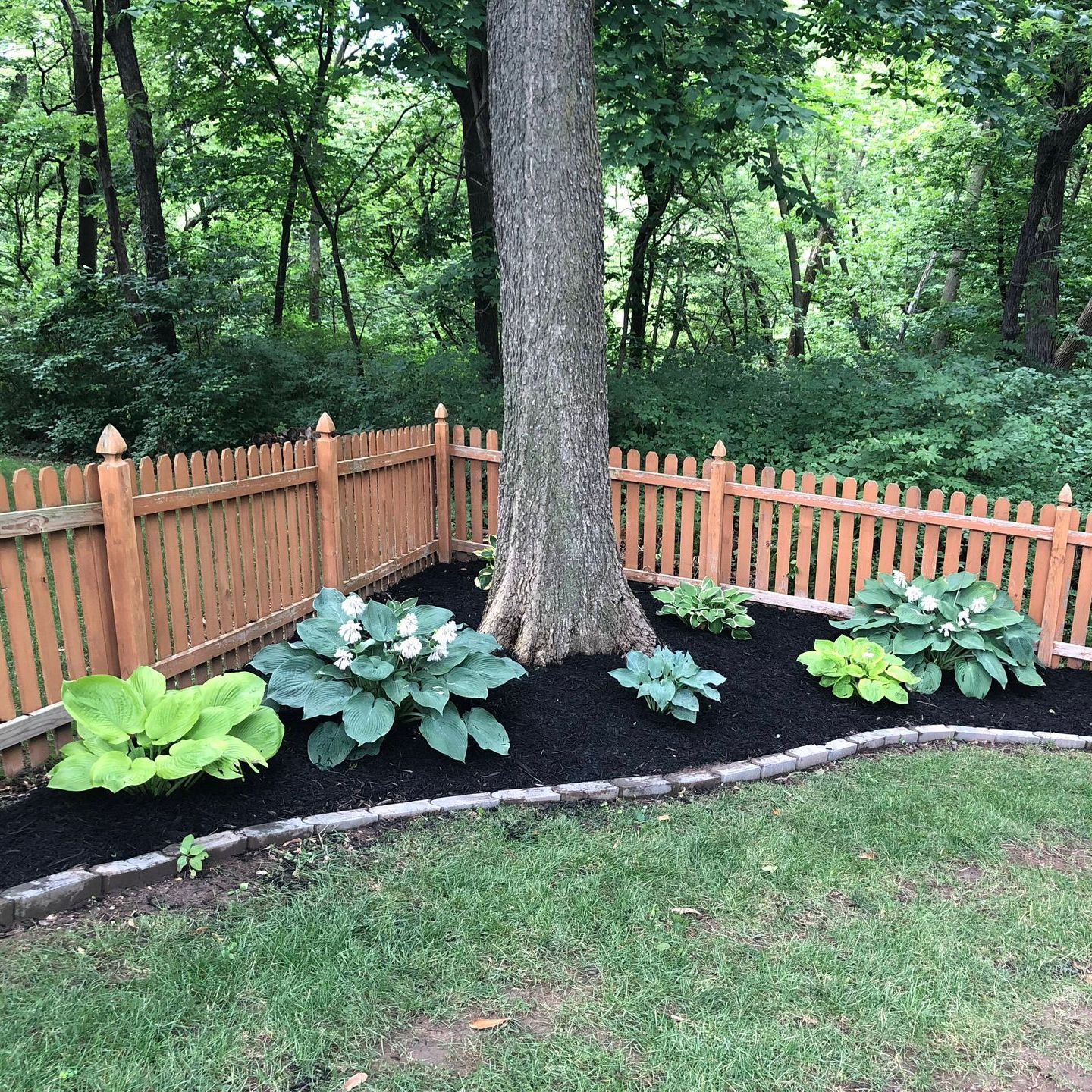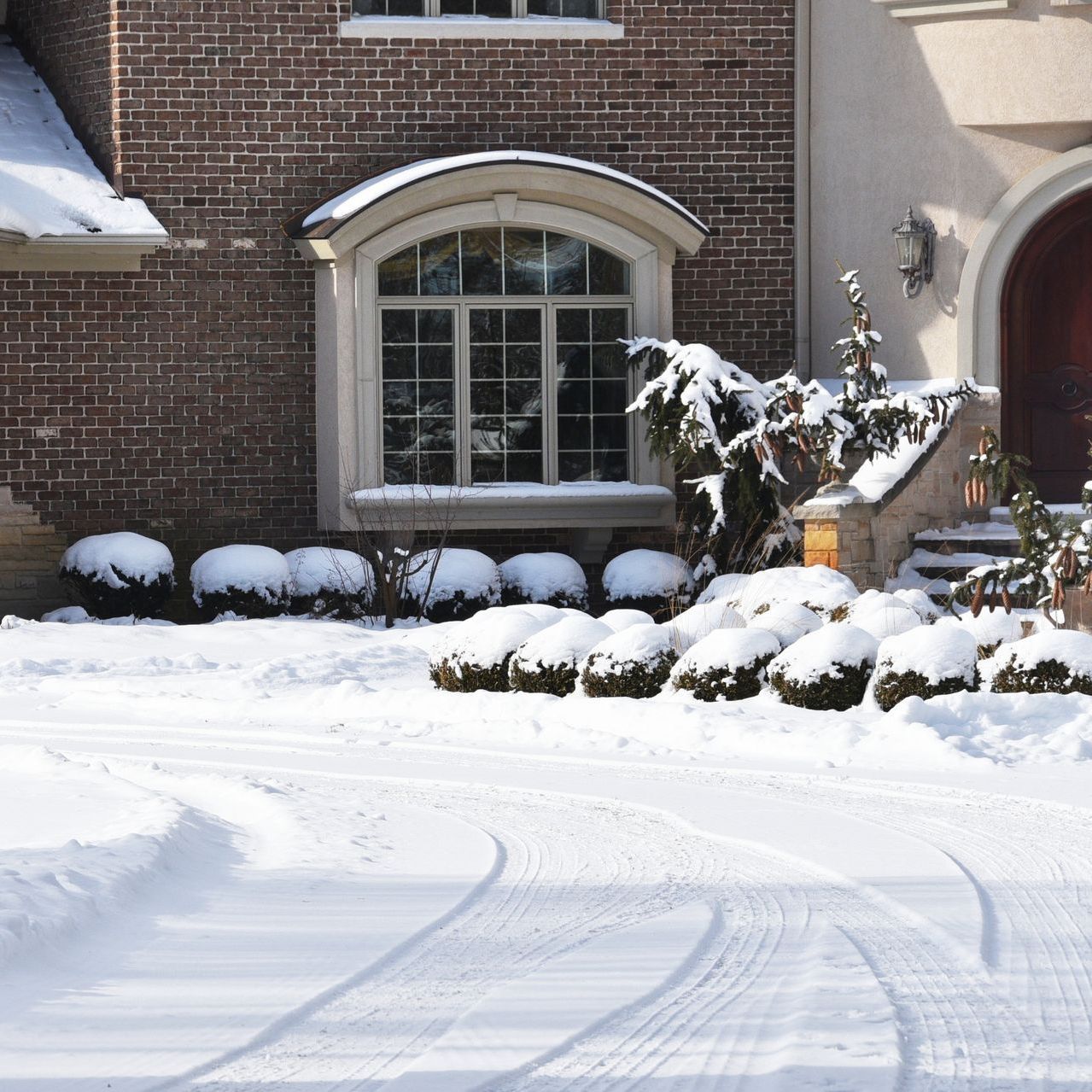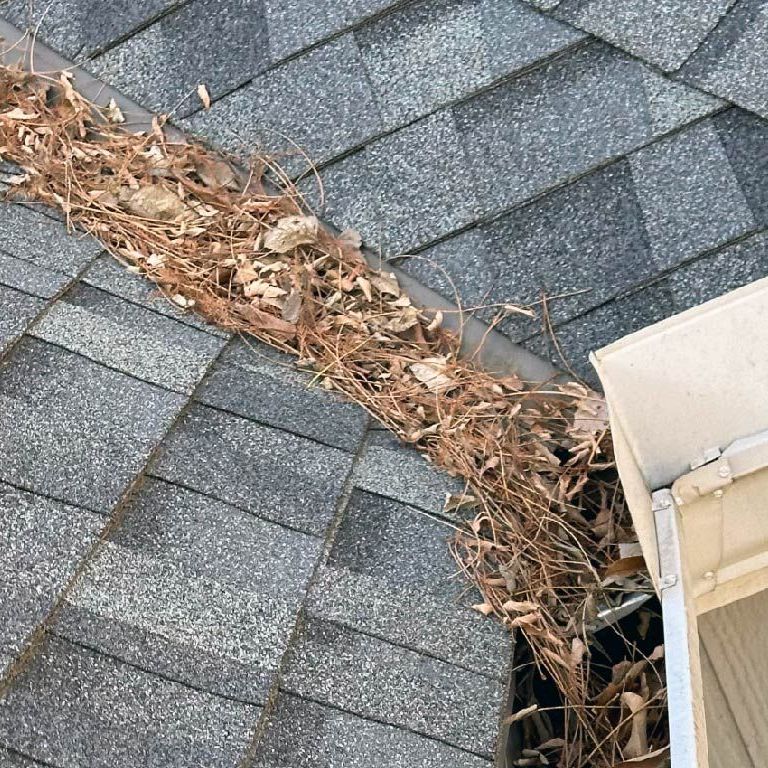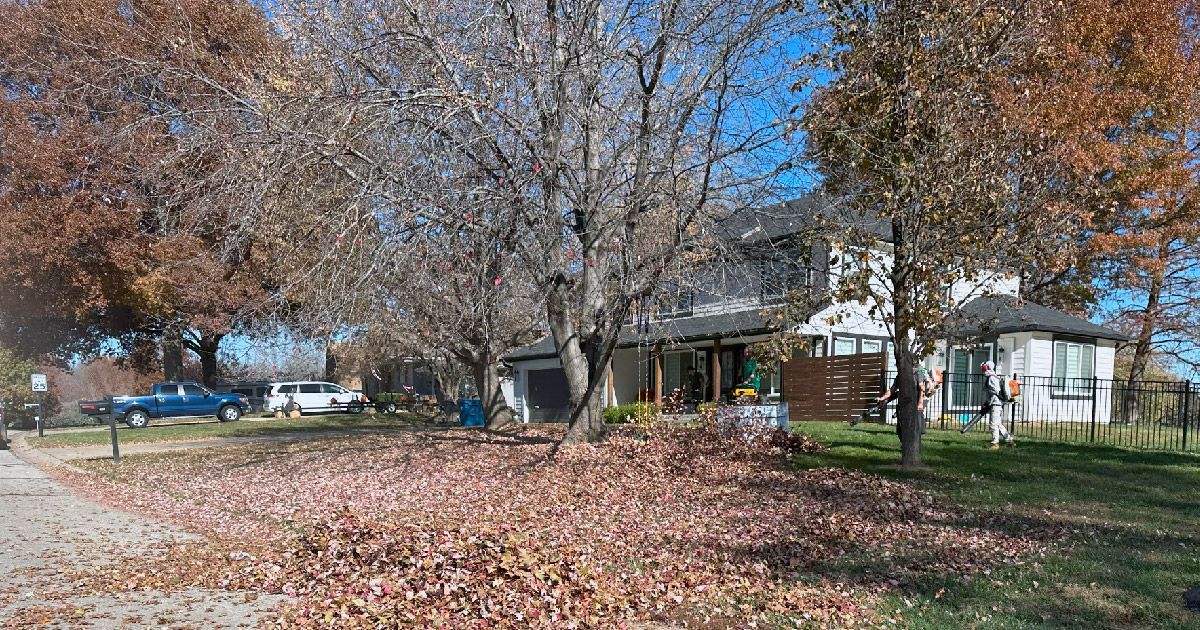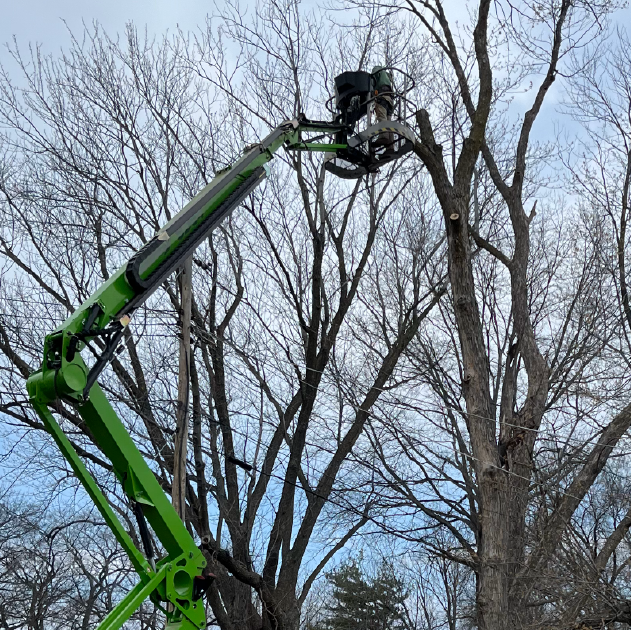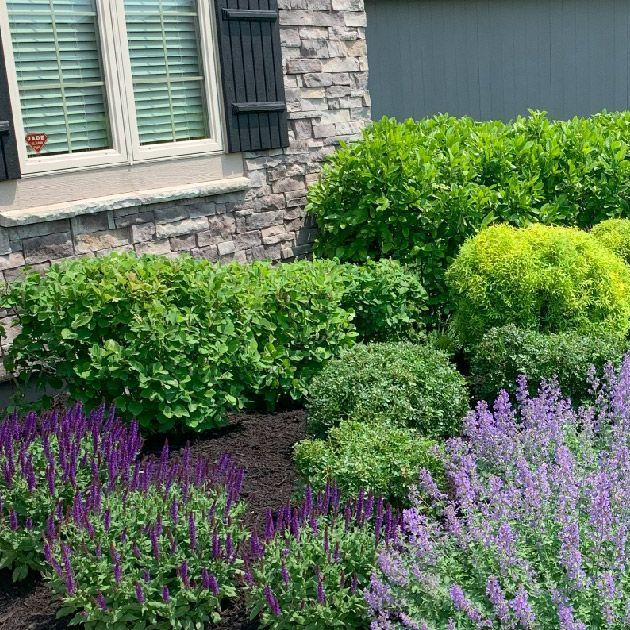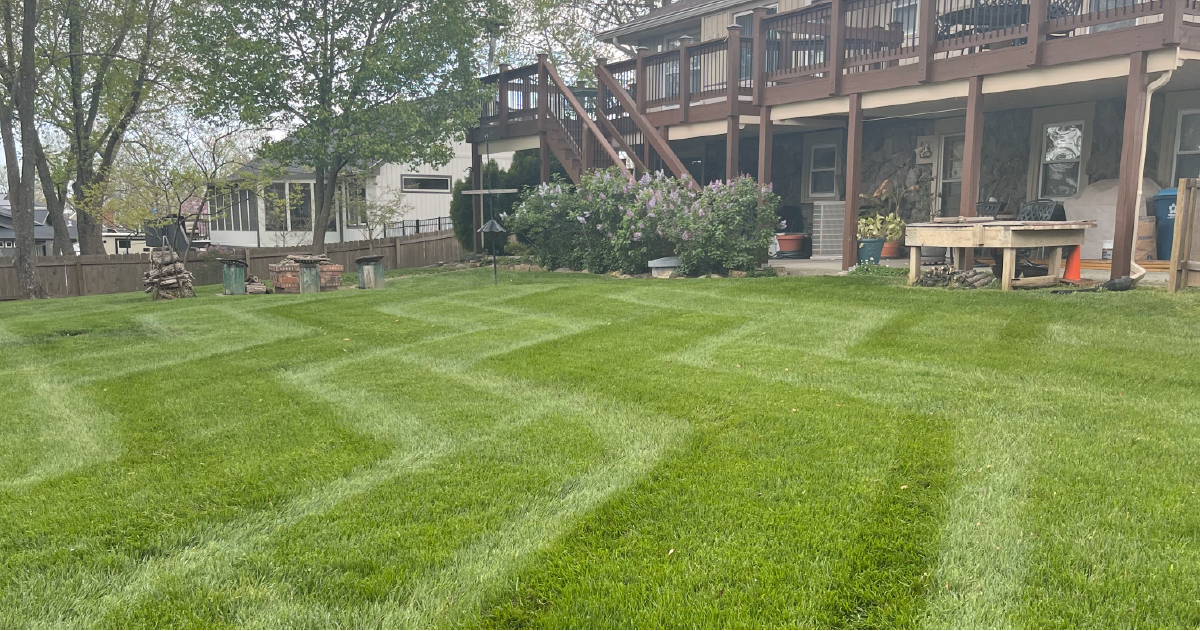Verticutting vs. Dethatching vs. Aerating – Which Should You Do?
Maintaining a lush, green lawn takes more than just regular mowing and watering. Three essential lawn care techniques—verticutting, dethatching, and aerating—play a critical role in ensuring your grass stays healthy and vibrant. But which one is right for your lawn? Let's explore the differences and benefits of each method to help you decide.
What is Verticutting?
Verticutting, also known as vertical mowing, involves cutting vertical grooves into the soil using a special machine with vertically aligned blades. This process helps to:
- Reduce Thatch Build-Up: By slicing through the thatch layer, verticutting helps to break it down.
- Promote New Growth: The vertical cuts stimulate the growth of new grass shoots.
- Improve Seed-to-Soil Contact: Ideal for overseeding, verticutting ensures seeds have better contact with the soil for germination.
What is Dethatching?
Dethatching removes the thick layer of dead grass, roots, and debris (known as thatch) that accumulates between the soil and the grass blades. Thatch can block water, nutrients, and air from reaching the soil. Dethatching can be done using a rake or a specialized dethatching machine. Benefits include:
- Improved Air Circulation: Removing thatch allows better air flow to the roots.
- Enhanced Water and Nutrient Absorption: With the thatch gone, water and nutrients can penetrate the soil more effectively.
- Healthier Root System: Reducing thatch encourages deeper root growth, leading to a stronger lawn.
What is Aerating?
Aerating involves perforating the soil with small holes to allow air, water, and nutrients to penetrate the grass roots. This can be done using a core aerator or a spike aerator. The key benefits of aeration are:
- Alleviating Soil Compaction: Aerating loosens compacted soil, enabling roots to grow deeper.
- Enhancing Fertilizer Effectiveness: By improving soil permeability, aeration helps fertilizers reach the roots.
- Reducing Water Runoff: Aeration enhances the lawn's ability to absorb water, reducing runoff and promoting better hydration.
Choosing the Right Method for Your Lawn
Each of these techniques serves a unique purpose, and the right choice depends on your lawn's specific needs:
- Choose Verticutting if...
- You are overseeding and want to ensure the seeds have good soil contact.
- Your lawn has a moderate thatch layer but still needs stimulation for new growth.
- Choose Dethatching if...
- Your lawn has a thick thatch layer (over ½ inch) that is preventing water, air, and nutrients from reaching the soil.
- You notice patches of unhealthy, thinning grass due to excessive thatch.
- Choose Aerating if...
- Your soil is compacted, making it difficult for grass roots to grow deep.
- You have high foot traffic areas that cause soil compaction.
- You want to improve overall soil health and enhance the effectiveness of fertilization.
When to Perform These Techniques
Timing is crucial for these lawn care practices to be effective:
- Verticutting and dethatching are best done in late spring or early fall when the grass is actively growing.
- Aeration is typically performed in the early fall or late spring, giving the grass time to recover and grow before the stressful summer or winter months.
Conclusion
Regular lawn maintenance through verticutting, dethatching, or aerating can significantly boost your lawn's health and appearance. Assess your lawn's condition and needs to determine which method will provide the most benefit. For expert guidance and professional lawn care services, don't hesitate to contact Quality Lawn and Landscape Bros. Our team is here to help you achieve a thriving, beautiful lawn all year round.
Ready to give your lawn the care it deserves? Contact us today to schedule a consultation.
